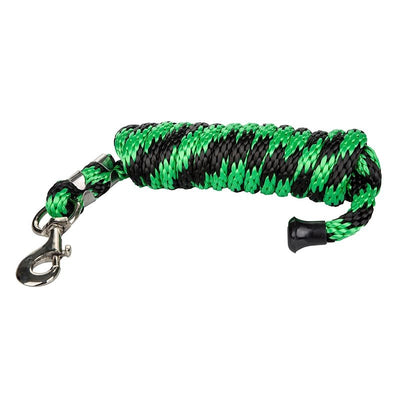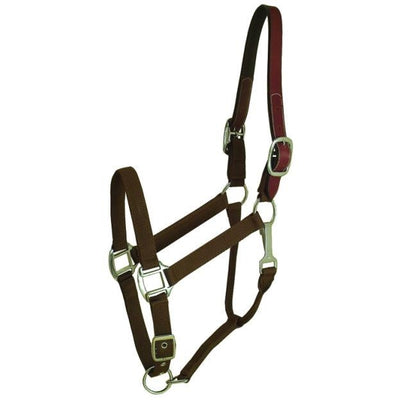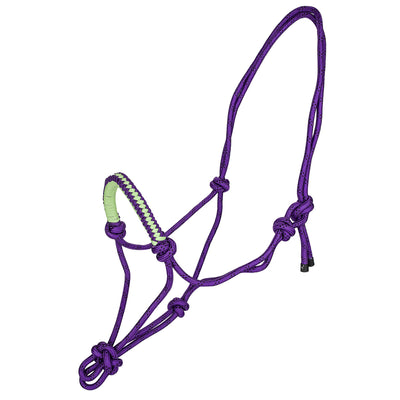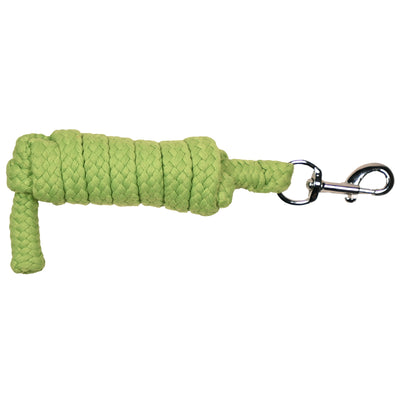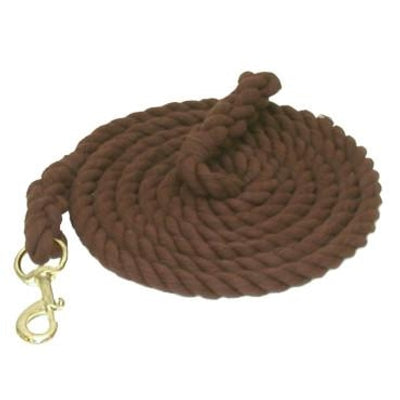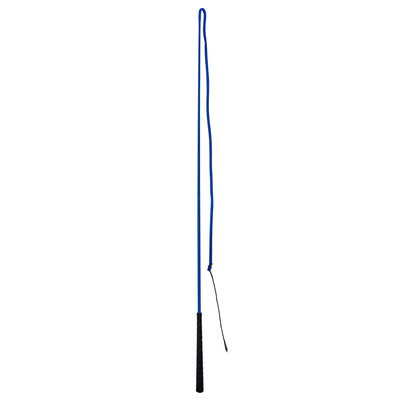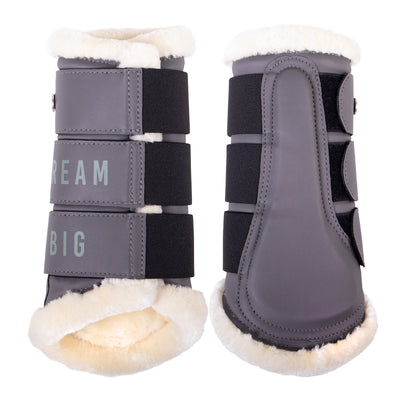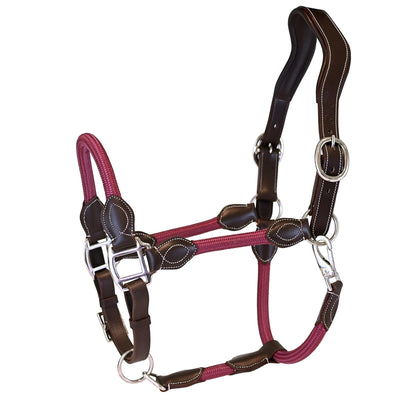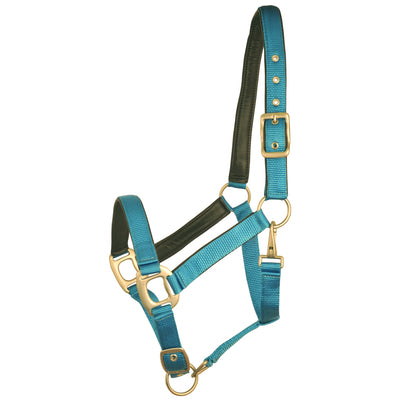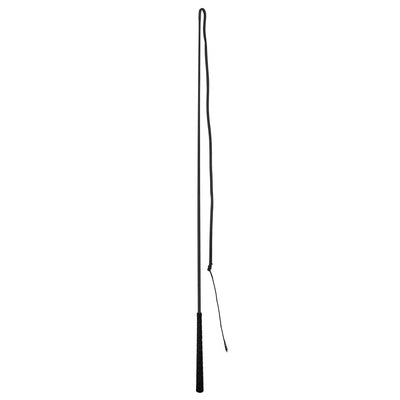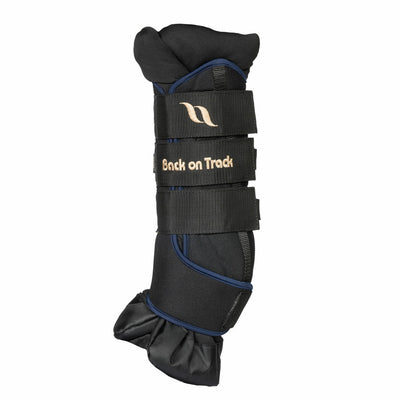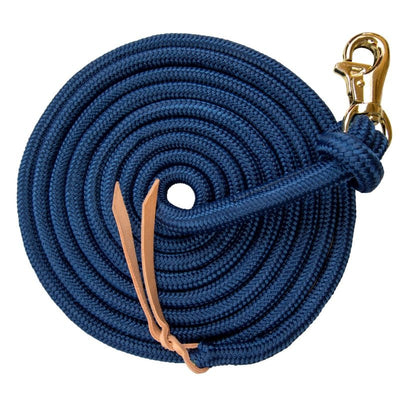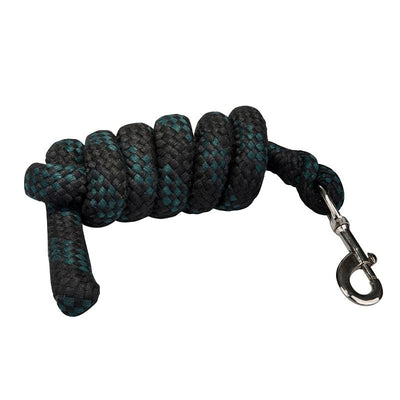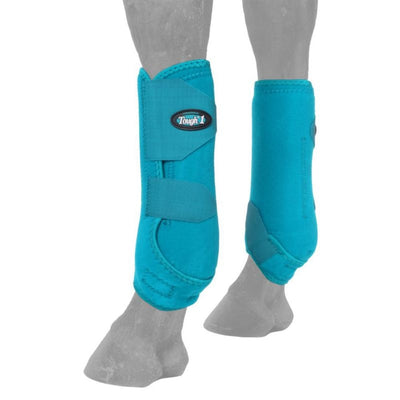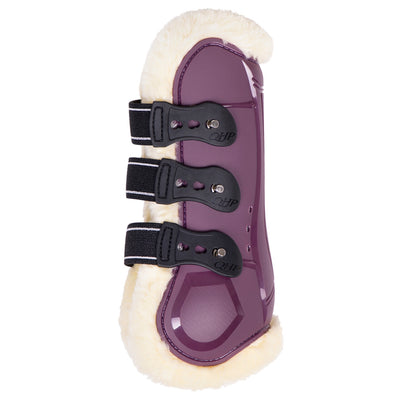Protect your order from loss or damage
Horse Equipment
-
Tabelo Polypropylene 10' Lead with Snap
Regular price $5.99Sale price $5.99 Regular price$14.9960% off -
Gatsby Classic Nylon Breakaway Halter with Snap
3.9 / 5.0
(35) 35 total reviews
Regular price From $7.49Sale price From $7.49 Regular price$24.9970% off -
Gatsby Adjustable Nylon Halter with Snap
3.6 / 5.0
(38) 38 total reviews
Regular price $5.99Sale price $5.99 Regular price$12.9954% off -
QHP Astana Leg Splint Boots
5.0 / 5.0
(1) 1 total reviews
Regular price $17.49Sale price $17.49 Regular price$58.2570% off -
ARMA PVC Bell Boot
Regular price From $9.99Sale price From $9.99 Regular price$12.9923% off -
Tabelo Rope Halter with Braided Noseband
4.8 / 5.0
(4) 4 total reviews
Regular price $3.99Sale price $3.99 Regular price$9.9960% off -
Tabelo Cotton 10' Lead with Bolt Snap
5.0 / 5.0
(1) 1 total reviews
Regular price $4.99Sale price $4.99 Regular price$10.9955% off -
Weaver Original Adjustable 1" Chin & Throat Halter
3.5 / 5.0
(2) 2 total reviews
Regular price From $22.89 -
Weaver Leather Poly Cowboy Lead with Snap
5.0 / 5.0
(1) 1 total reviews
Regular price $14.69Sale price $14.69 Regular price$17.5916% off -
Gatsby Premium Polyester Leads
3.1 / 5.0
(11) 11 total reviews
Regular price $3.99Sale price $3.99 Regular price$9.9960% off -
Gatsby Cotton 10' Lead with Bolt Snap
3.9 / 5.0
(29) 29 total reviews
Regular price $4.99Sale price $4.99 Regular price$10.9955% off -
Gatsby Polo Leg Wraps
Regular price $11.99Sale price $11.99 Regular price$29.9960% off -
Gatsby Ultra Soft Nylon Safety Halter
3.8 / 5.0
(27) 27 total reviews
Regular price From $7.19Sale price From $7.19 Regular price$17.9960% off -
Gatsby Lunge Whip with 48" drop
Regular price $7.99Sale price $7.99 Regular price$18.9958% off -
Weaver Poly Lead Rope With Brass Snap
Regular price From $13.49Sale price From $13.49 Regular price$16.2917% off -
Weaver Leather Safety Spring Snap
Regular price From $1.69Sale price From $1.69 Regular price$2.1923% off -
QHP Equestrian Dream Splint Boots
Regular price $21.29Sale price $21.29 Regular price$71.0070% off -
OEQ Leather Rope Halter
5.0 / 5.0
(2) 2 total reviews
Regular price $54.99Sale price $54.99 Regular price$109.9950% off -
Gatsby Leather Padded Adjustable Nylon Halter
Regular price $11.99Sale price $11.99 Regular price$34.9966% off -
Tough-1 Miniature Nylon Halter
4.2 / 5.0
(13) 13 total reviews
Regular price From $5.00Sale price From $5.00 Regular price$8.7643% off -
Tabelo Running Horse Halter with Snap
Regular price $8.99Sale price $8.99 Regular price$21.9959% off -
Gatsby Lunge Whip with 36" drop
Regular price $7.99Sale price $7.99 Regular price$18.9958% off -
Gatsby Leather Replace Safety Halter Connector Piece
5.0 / 5.0
(6) 6 total reviews
Regular price $2.99Sale price $2.99 Regular price$4.9940% off -
Gatsby Felt Leg Wraps 2Pc/Set
Regular price From $9.99Sale price From $9.99 Regular price$27.9964% off -
Back on Track Royal Quick Wraps Deluxe - Pair
5.0 / 5.0
(1) 1 total reviews
Regular price $99.00 -
Gatsby Adjustable Turnout Halter with Snap
3.9 / 5.0
(10) 10 total reviews
Regular price From $21.99Sale price From $21.99 Regular price$59.9963% off -
Gatsby Nylon Rapid-Horse Wraps - Set of 2
Regular price $17.99Sale price $17.99 Regular price$49.9964% off -
Kensington Clinician Training Lead
Regular price From $26.40Sale price From $26.40 Regular price$29.9912% off -
Perri's Standing Bandages - 4 Pack
4.0 / 5.0
(2) 2 total reviews
Regular price $31.90Sale price $31.90 Regular price$35.099% off -
Tabelo Acrylic 6' Lead Rope with Bolt Snap
Regular price $4.99Sale price $4.99 Regular price$10.9955% off -
Gatsby Nylon Breakaway Halter with Horse Overlay & Snap
4.3 / 5.0
(4) 4 total reviews
Regular price $10.99Sale price $10.99 Regular price$28.9962% off -
Tough1 Extreme Vented Sport Boots - Set of 4
5.0 / 5.0
(2) 2 total reviews
Regular price From $99.95Sale price From $99.95 Regular price$136.3627% off -
Weaver Miniature/Pony Poly Lead Rope with Solid Brass Snap
4.0 / 5.0
(1) 1 total reviews
Regular price $10.39Sale price $10.39 Regular price$12.7919% off -
QHP Menton Fetlock Boots
Regular price $19.49Sale price $19.49 Regular price$64.7570% off -
QHP Menton Tendon Boots
Regular price $25.19Sale price $25.19 Regular price$84.0070% off -
Perri's Shiny Rainbow Crop
Regular price $5.99Sale price $5.99 Regular price$21.8973% off
Horse equipment is essential on the ranch and in the arena. When you’ve spent as much time around horses as we have, you learn that each piece of equipment has a purpose, and knowing how to use it right can make all the difference in your horse’s performance and well-being.
First up, there’s the bridle and bit, which are all about communication. The bridle lets you guide the horse’s head, and the bit inside the horse’s mouth gives you finer control. A lot of folks think it’s just about pullin’ on the reins, but it’s really a delicate line between pressure and release. You don’t want to be too heavy-handed, or you’ll just cause discomfort. The goal is to give clear, gentle signals, and a well-made bit will help you do that without causing any pain to the horse. It’s about trust and respect between you and the animal.
Halters and lead ropes are another everyday tool we use. A halter is what we use to catch, lead, or tie a horse, and you’ve got to handle it right, especially with a young or green horse that’s still learning manners. When leading, keep a firm but relaxed hold—enough to let the horse know you’re in charge but with enough slack so they don’t feel trapped. You always want the horse to respect the halter and the lead rope, but they shouldn’t feel like they’re fighting against it.
Now, let’s not forget the protective gear, like boots and wraps, especially for horses doing high-impact work. Boots protect the horse’s legs from injuries during things like barrel racing, jumping, or roping. Wrapping correctly takes practice because if it’s too loose, it won’t help, and if it’s too tight, you risk injuring the horse’s leg. With the right wrap, you’re supporting those tendons and protecting from bumps and scrapes.
Every piece of gear has a purpose, and it’s up to the rider to use it with skill, respect, and a good understanding of how the horse is feelin'. When used right, your equipment keeps things safe and lets you work as a team. When it’s done wrong, though, even the best gear in the world won’t make up for it. So it’s not just about what you’re using—it’s about how you’re using it, day in and day out. That’s what makes the difference.



